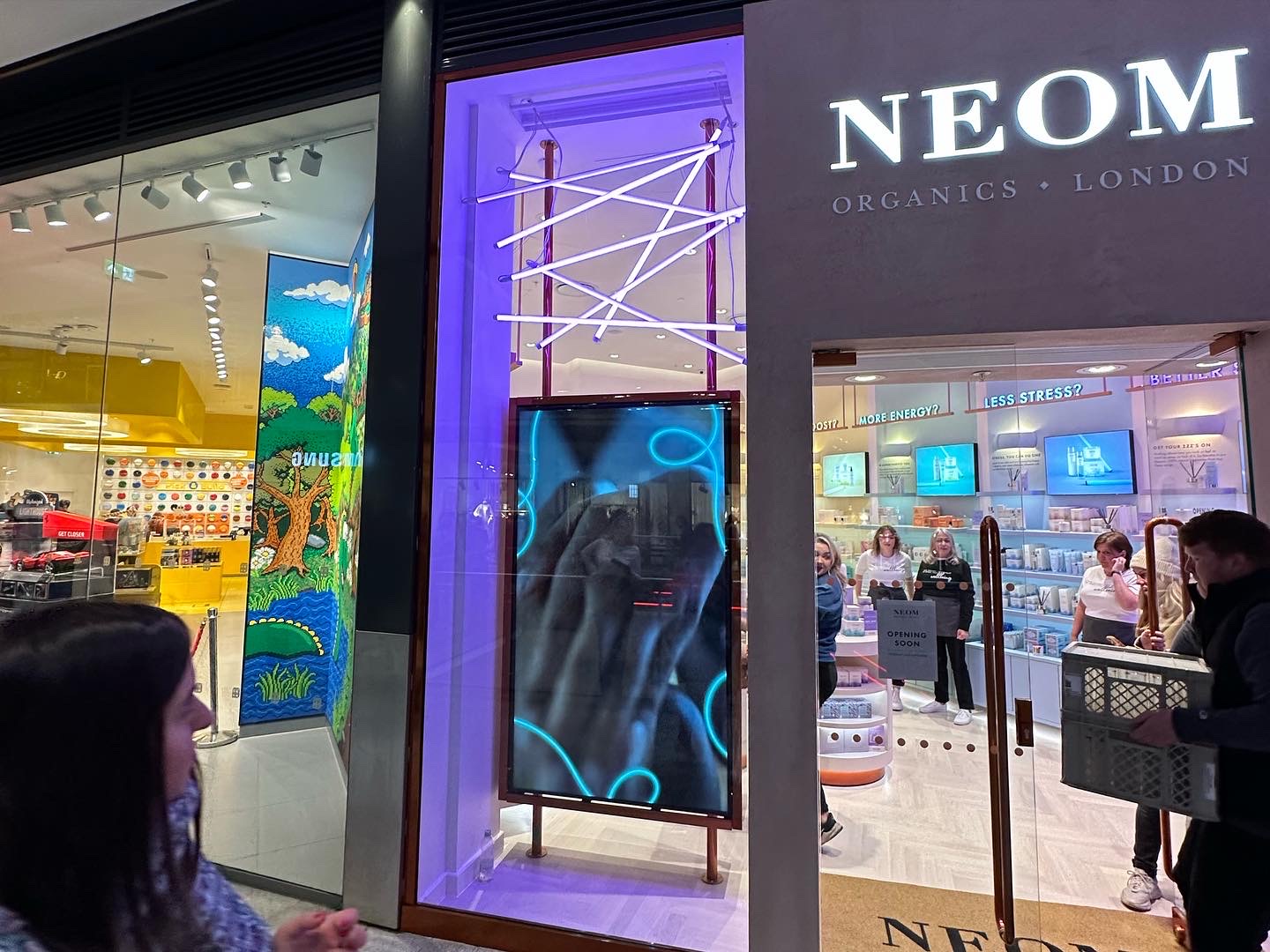LED screens are now a key feature of larger retail environments in the UK such as shopping malls and supermarkets, and a diverse range of other shops and stores. The use of digital signage has evolved beyond advertising and it is now an integral part of the retail landscape. Here’s a look at how it can enhance the modern shopping experience.
To create compelling window displays
Digital LED screens are now widely used to create captivating storefront visuals that can draw the attention of customers with bright and eye catching displays. They can be instantly updated to show the latest products and promotions or be used to tell the brand’s story.
Dynamic pricing
It is now a common strategy for retailers to update their prices in real time. LED screens allow customers to see accurate and up to date pricing information at a glance, so that retailers can remain competitive and ahead of the game. They can also be used to display offers and promotions to keep customers well informed and to prompt purchases.
Wayfinding signage
Larger retail spaces can be confusing to navigate, whether the customer wants to find a specific section or to locate services such as the cafe or toilets. Digital signage can be used to provide clear and highly visible information that can smoothly guide the customer journey around the store.
This leads to a more satisfying and relaxed shopping experience, resulting in greater dwell time, repeat visits and increased sales. It can also be used to inform customers about any special events or promotions that are happening in the store.
Product information and demonstrations
Digital screens can be used to display short format videos to provide product demonstrations or suggestions about ways in which the product can be used. This can be a far more immediate and engaging way than printed formats to communicate with customers and showcase the uses and benefits of products.
Interactive shopping
Touchscreen displays can be used to enhance the customer experience in increasingly diverse ways, from the convenience of digital product catalogues and self-service checkouts to interactive ‘magic mirrors’ that allow customers to see how an outfit might look on them.
Social media integration and user generated content
Customers are now used to being able to interact with brands on social media, and digital screens can help to bring this experience in-store. In an era when online shopping is increasingly the go-to method for consumers, physical stores can use digital screens to create a hybrid experience and build a sense of belonging.
Digital screens can be integrated with social media to display curated user-generated content, which helps to build a feeling of trust and emotional connection with the brand. It offers the chance to provide subtle influencer advertising and information about how the brand is involved with the local community.

